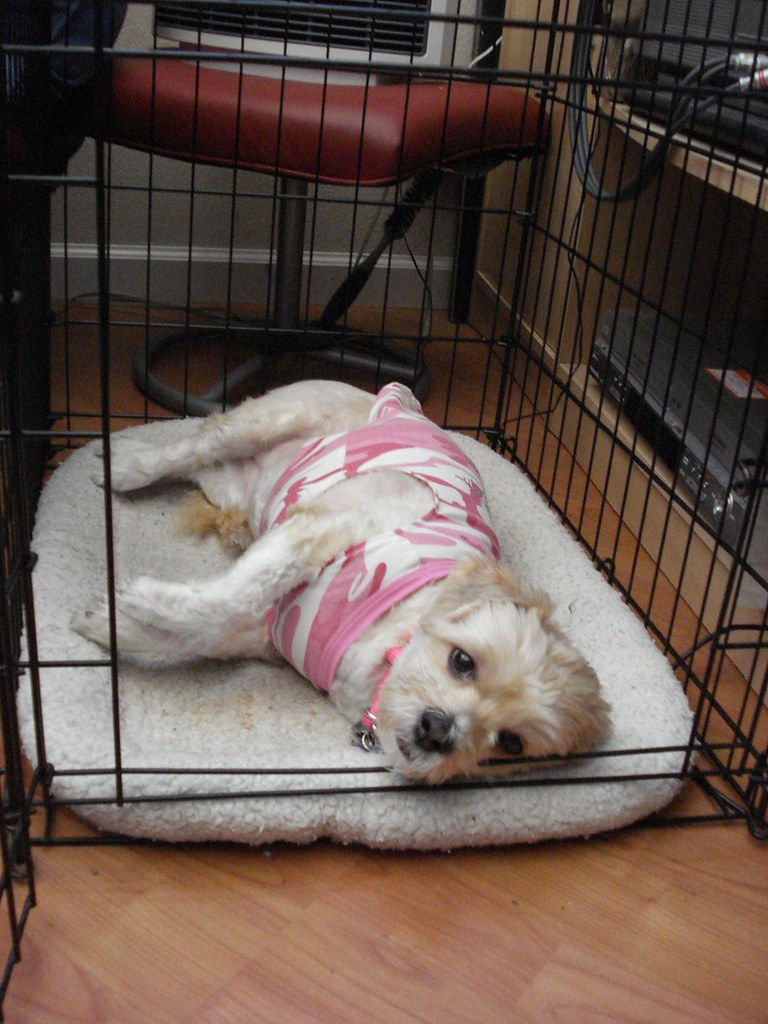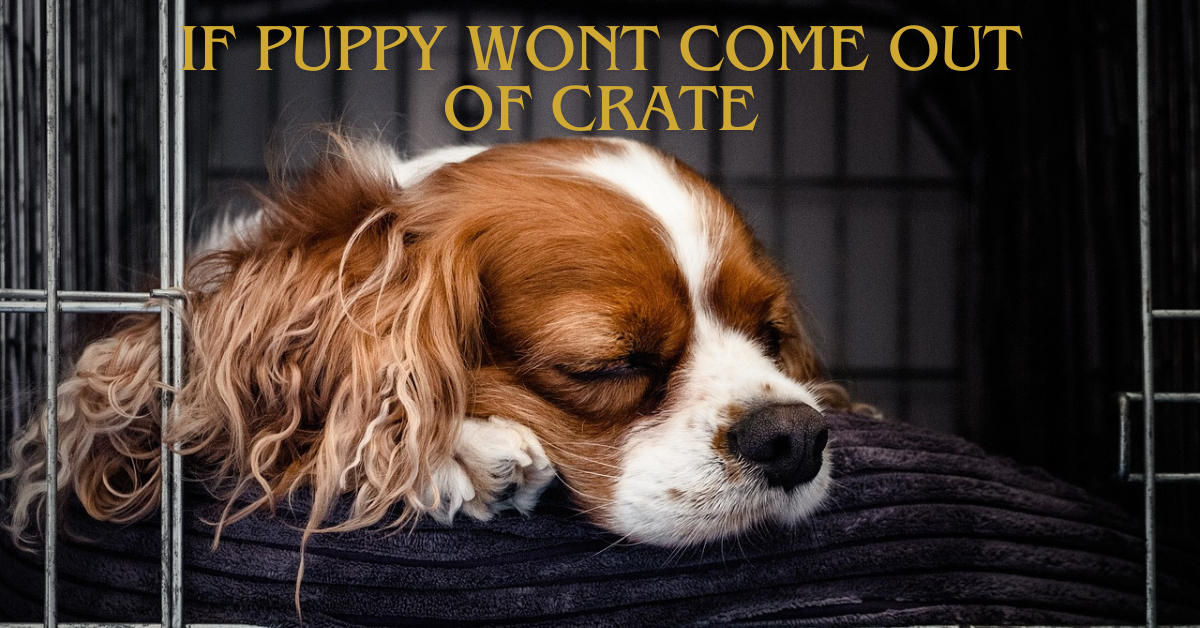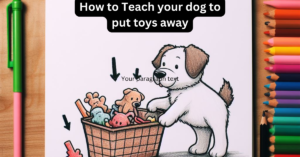Introduction:
The sight of a puppy refusing to come out of its crate can be both frustrating and concerning for pet owners. Although it may seem like the pup is being stubborn or disobedient, this behavior could actually stem from feeling anxious or overwhelmed in a new environment. It’s important to approach the situation with patience and understanding, rather than resorting to force or coercion.

Understanding the Behavior:
Understanding the behavior of a puppy who refuses to come out of its crate can be complex. Often, puppies retreat into their crates when they feel overwhelmed or anxious, seeking the comfort and security of their den-like space. In these instances, it’s important to approach with patience and understanding, allowing the puppy to come out on its own terms.
Creating a Positive Association with Crate:
Creating a positive association with the crate when your puppy refuses to come out can be a challenging but crucial task. Instead of forcing your pup out, try enticing them with their favorite treats or toys placed just outside the crate. This will encourage them to associate the crate with positive experiences and rewards.
Another effective approach is to provide plenty of praise and cuddles once they do come out on their own. By reinforcing this behavior, you are building trust and confidence in your puppy while also making them feel safe and secure in their crate. Remember, patience is key in establishing a positive association with the crate for your furry friend. With consistency and love, you can help your puppy see their crate as a cozy sanctuary rather than a place of confinement.
Gradual Desensitization Process:
Understanding the gradual desensitization process is crucial when dealing with a puppy who refuses to come out of their crate. Start by creating positive associations with the crate through treats and toys placed inside. Encourage small steps, such as placing the puppy’s favorite blanket just outside the crate to entice them to venture out. Progress slowly, allowing the puppy to explore at their own pace without forcing them out.
Over time, gradually increase the distance between the crate and enticing items while still rewarding any progress made towards coming out. It’s important to remain patient and understanding during this process, as pushing too hard can create anxiety and setbacks for the puppy. By consistently implementing these desensitization techniques, you can help your puppy build confidence and feel safe outside of their crate in a way that is positive and sustainable.
Providing Comfort and Security:
One of the biggest challenges pet owners face is helping their puppy feel comfortable and secure when they refuse to come out of their crate. It’s important to first assess if there are any underlying reasons for this behavior, such as feeling scared or anxious in new environments. Establishing a routine can help create a sense of predictability and safety for your furry friend, making them more willing to venture out of their crate.
Using Treats and Positive Reinforcement:
When faced with a situation where your puppy refuses to come out of their crate, using treats and positive reinforcement can be highly effective in encouraging them to exit willingly. Start by using high-value treats that will pique your puppy’s interest and motivate them to leave the crate. Place the treats just outside the crate door, gradually moving them further away as your puppy becomes more comfortable.
Seeking Professional Help if Needed:
If your puppy is refusing to come out of their crate, it could be a sign of fear, anxiety, or even aggression. It’s important to address this behavior early on to prevent it from escalating. Seeking professional help from a qualified dog trainer or behaviorist can provide you with the guidance and support needed to understand your puppy’s behavior and implement effective training techniques.
Final Thoughts:
It is important to remember that every puppy is unique and may have different reasons for not wanting to come out of their crate. It is essential to approach the situation with patience, understanding, and positive reinforcement techniques. By creating a comfortable and inviting environment in and around the crate, the puppy may feel more at ease and willing to come out on their own. Seeking guidance from a professional dog trainer or behaviorist can also be beneficial in addressing any underlying issues. Remember, building a strong bond and trust with your puppy is key in helping them feel safe and secure. Take the necessary steps to address the issue with compassion and consistency for a happy and healthy relationship with your furry friend.




